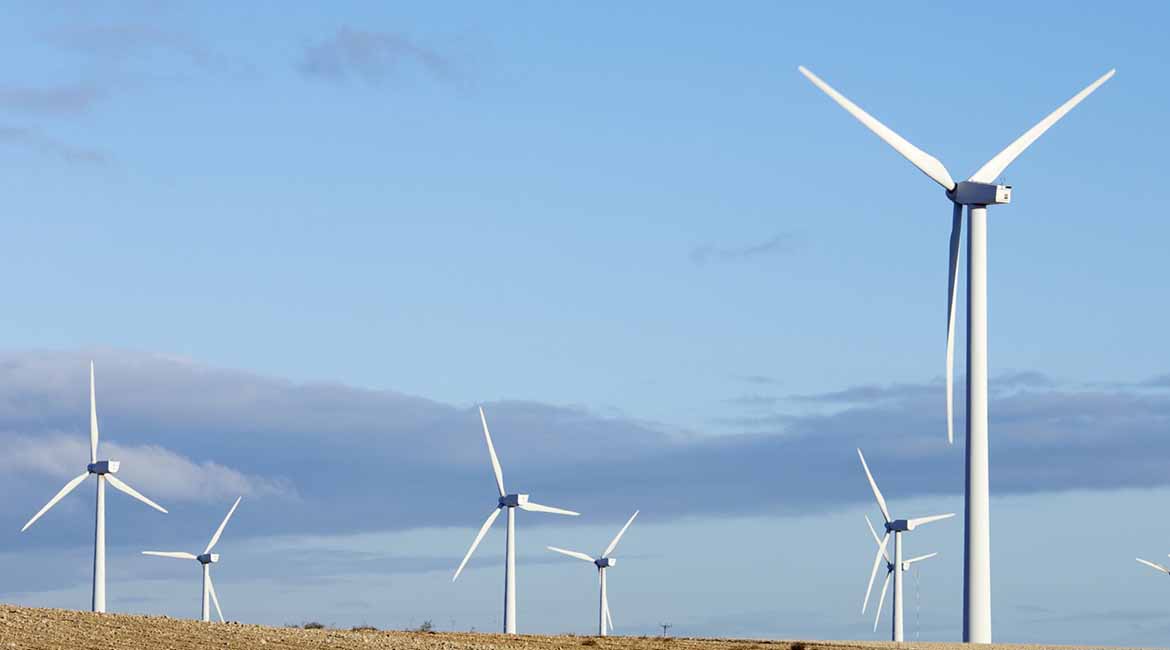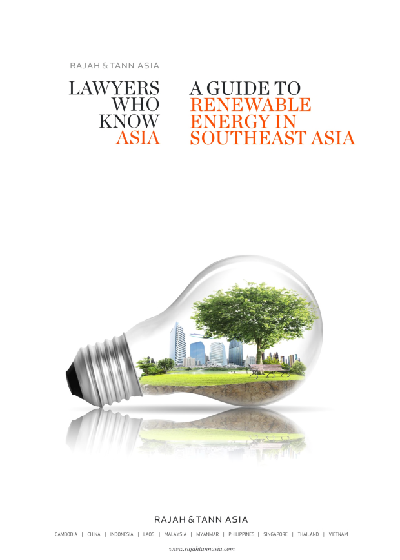The renewables penetration in ASEAN has been driven by supportive regulation and tariff policies.
Some weighty policy moves across Southeast Asia’s clean energy front, where mostly state-owned or led companies dominate the power sector’s renewables push, are set to dynamise the region’s energy transition efforts.
Vietnam, which has by far the highest renewables installed capacity in the region with over 45 gigawatts, added more heft to its decarbonisation agenda when it approved a new power masterplan in May. The plan – two years in the making – aims to boost wind and gas energy while cutting coal reliance.
A month ago, Malaysia said it would lift its ban on renewable energy exports to boost investments in this area. It is also set to release an energy transition roadmap to meet its net-zero ambition.
The Philippines, which created quite a buzz after it fully opened its renewable energy sector to foreign ownership, is now holding its second green energy auction to raise the clean energy mix in its coal-dominated power sector.
EY’s ASEAN Power and Utilities Leader Gilles Pascual said: “The remainder of 2023 will be exciting not only in Vietnam but (also) across the region with auctions in the Philippines, and expected new investments in Thailand and Malaysia.
“Singapore’s Energy Market Authority is also a fascinating exercise with the private sector developing innovative cross-border solutions from Indonesia, Borneo, Cambodia and Laos.”








